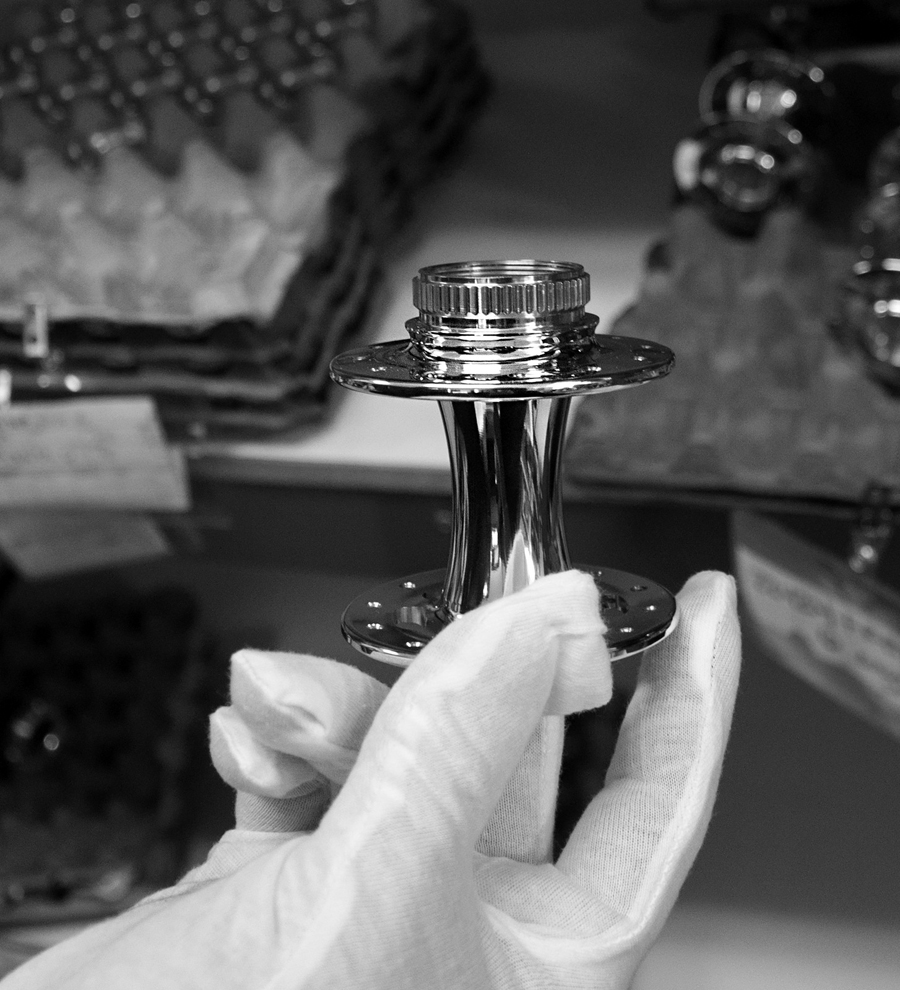The means of engagement, and speed of engagement, is one of the most important aspects of a hub set so we thought we’d take the time to cover some of the basics.
The engagement system is in the rear hub. It’s what catches when you start pedaling, and lets go when you coast.
Modern hubs typically have a ring of teeth with a gentle slope on one side and a sharp step on the other. With the help of a spring, a mating piece will connect on the stepped side (get engaged!) of the tooth or slide over the sloped side to coast.
It’s with these teeth that you actually turn the wheel when you pedal. Each one is a place where you can grab the wheel. The more teeth, the more places to grab the wheel.
Tooth distance is noticeable when you start pedaling after coasting. With a big gap between teeth, it can take a long pedal stroke to catch up with the hub, until clunk! you hit the tooth and finally start moving.
Generally, it is preferable to have more points of engagement. In the technical riding necessary for activities like mountain biking, cyclocross and criteriums, high engagement is a huge advantage. (In some cases, more points of engagement adds more drag, but it’s drag only when you’re not pedaling. So just keep pedaling!)
Finally, there are the clutch-based hubs that, instead of teeth, use sprags that clench the axle when engaged. These are silent, have minimal drag and engage instantly.
- Chris King: 45 in the R45, 72 in mountain hubs
- DT Swiss: 18 stock (can upgrade to 36 or 54)
- Hope: 40
- Industry Nine: 128
- Phil Wood: 25
- Shimano: 18 typically (36 in some special hubs)
- White Industries: 48 (previously 24)
- Onyx: infinite!
- Stealth: infinite!
So which hub is right for you? Indeed it is a complex choice, and that’s why Sugar Wheel Works is here to walk you through your options. Give us a ring to discuss your dream wheels, teeth or no teeth. When you have us build your custom wheels, we’ll match the build to your riding style and preferred details.

